My Baking Powder No-Poo Hair Wash Rant
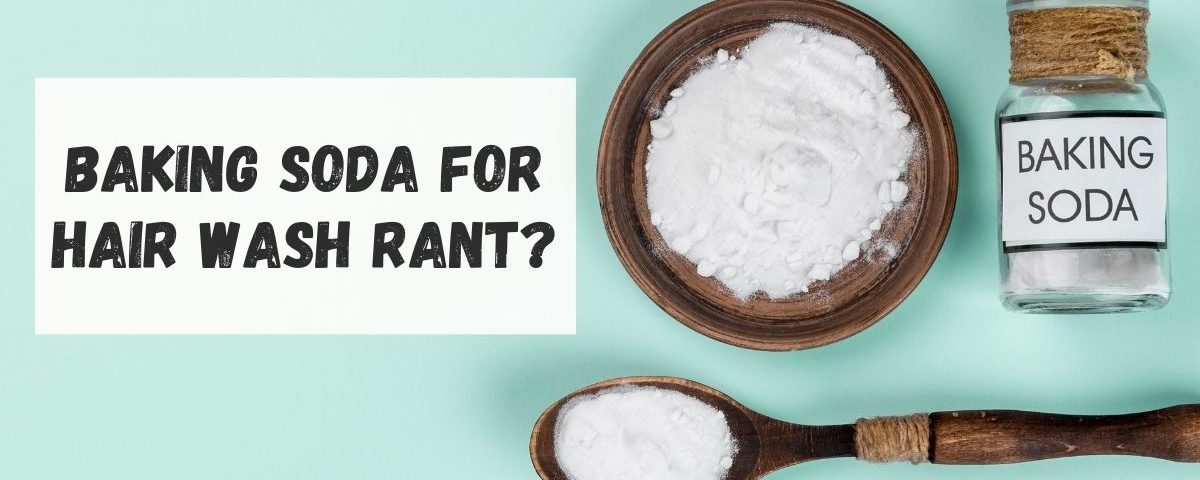
When I first started off my No-Poo Journey three years ago, I heard so many people raving about washing their hair with baking soda (Sodium Bicarbonate). This white crystallized powder with an alkaline level of 9 pH offers so many versatile uses from cooking to cleaning and washing. So, when I heard of the Baking Soda No-Poo Method, I was curious and I wanted to give it a try.
Research on Baking Soda.
After doing some research, I learned that due to the highly alkaline nature of baking soda, it does not work for everyone, especially those who have highly sensitive skin/scalp or who are dealing with dry, brittle hair. Given our scalp only contains a pH of 5.5 and our hair a pH of 3.5, it can really throw your hair’s pH balance off the chart.
However, many people with oily hair tend to find it helpful in reducing hair oiliness. Curious about the claim, I was ready to jump to the new routine. And I must say that it worked wonders for my thick and oily black hair quite well. But, it took me more than 2 years before I learned how to best use it for my hair.
Baking Powder Hair Wash First Time
According to Google, the best way to use it is to mix it with water and turn it into a paste, then gradually apply on wet hair. After that, you rub it gently from the root of the hair towards the hair shaft for exfoliating. People can divide the hair into sections before applying to make sure the scalp is thoroughly clean.
I didn’t want to invest in anything new to this routine. I looked all over my house and found a sachet of baking powder. I decided to follow the same recipe and thought to myself that baking powder is just diluted baking soda. So, I just have to use more powder in order to have the same effect as baking soda! That’s what I did!
Now, the issue with this method is, when my thick, oily hair gets wet, it’s tough to separate it into smaller sections because they are quite heavy. Then, it becomes really hard to get the paste right down to my scalp. Firstly, because I have a lot of hair. Secondly, baking soda is not slippery enough so it gets stuck when I try to reach down to the hair roots. I’m not saying that it’s impossible, but it could be impractical for someone like me who generally spends only 6 minutes in the shower (I do time myself when I shower!). It might help if I have a hair washing brush but I was not going to buy anything new. So, I basically tried the best I could with my ten fingers knowing it is far from perfect.
As for the result after my first wash with baking powder?
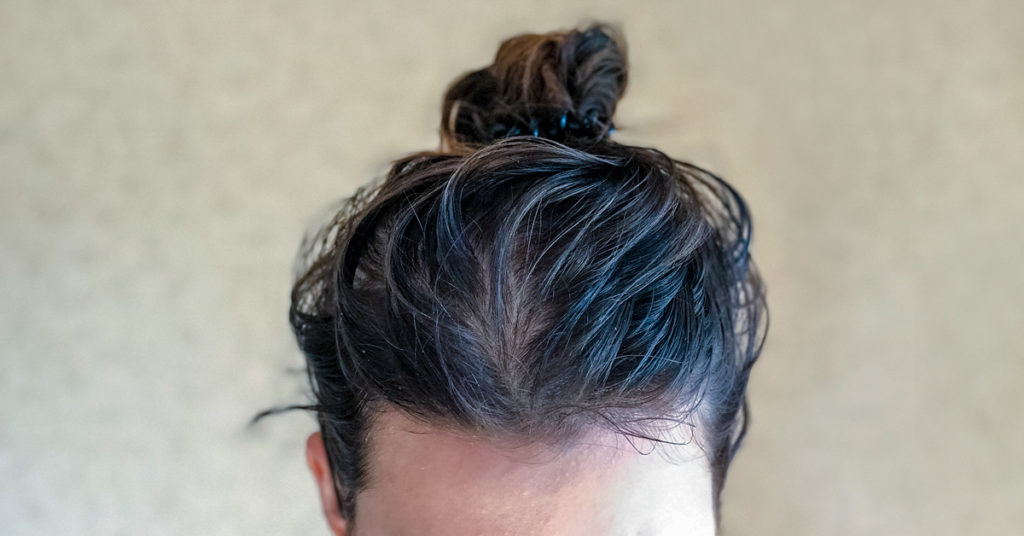
As expected, it was oily.
I mean, I felt like the hair sebum that generally coats my scalp is melted out and is sticking on the hair strands instead. These oily strands would form several clumpy locks of hair. When you hold it, it feels as if you are holding a heavy sticky nylon rope. This could be either because I didn’t apply the baking soda as generously as I should’ve, or I did not wash the oil off from the hair properly. Or because I didn’t use the warm water to rinse off the baking soda because I am avoiding all heat on my hair.
Meanwhile, it took much longer for my hair to dry (3-4 hours air dry at room temperature). When it was dry, the hair remained oily and sticky. It was so sticky that it formed bundles of oily locks. I couldn’t wear my hair down like this, I had to tie it into a ponytail. Throughout this whole time, I could only comb my hair with my fingers because the strands would get tangled in a comb or brush, making it hard to run it through.
It was less oily the next day, but I had to apply dry shampoo to balance out the oiliness and give my hair a little more fluff.
But my experiment with baking powder did not end there. Over the next year, I continued my experiment with baking powder, trying different ways of application. Sometimes, I mixed it with apple cider vinegar or our No-Poo Wash to balance out the alkalinity. At other times, I varied the amount of water I added to it. Until I finally realized maybe a few more tweaks can do the trick.
These are what worked for me:
- Apply baking powder on the hair generously while it’s still dry. (This way, the powder is distributed thoroughly on the hair and scalp.) It actually felt like the powdery texture can actually absorb more oil from the scalp and hair strands as well.
- Leave it on for 5-10 minutes, while washing the rest of the body.
- Wet the hair, while giving the scalp a little massage and wash the powder off later.
Still, my hair feels oily on wash day and takes quite a while to dry. But the day after? It would feel nice and clean and I can wear my hair down as it becomes easier to manage. It doesn’t feel as sticky as before while combing it. And most importantly, I wouldn’t have to wash my hair for the next two weeks or so!
For me, I don’t use the apple cider vinegar rinse to balance out the alkaline because, frankly, I don’t enjoy the smell of ACV so much. But if you’d like to give it a try, it might be worth checking out. I also don’t add the No-Poo Wash after the Baking Soda, simply because I feel my hair has already turned really oily after wash. The No-Poo Wash may add more oil to it! But I know everybody is different. There’s no one right way to go around things. Just be mindful of how you feel, what you like, and how to best balance the texture on your hair and scalp afterward.
But like everything else in life, even if I find baking soda helps with my hair wash routine, I still think that it is good to change it from time to time because too much of a good thing can be bad.
We simply have to find the middle way.
Now, what’s your current hair washing routine like? What kind of hair do you have? Is there any other No-Poo Methods you’d like me to try for you? Let me know! Definitely curious to know. 😊


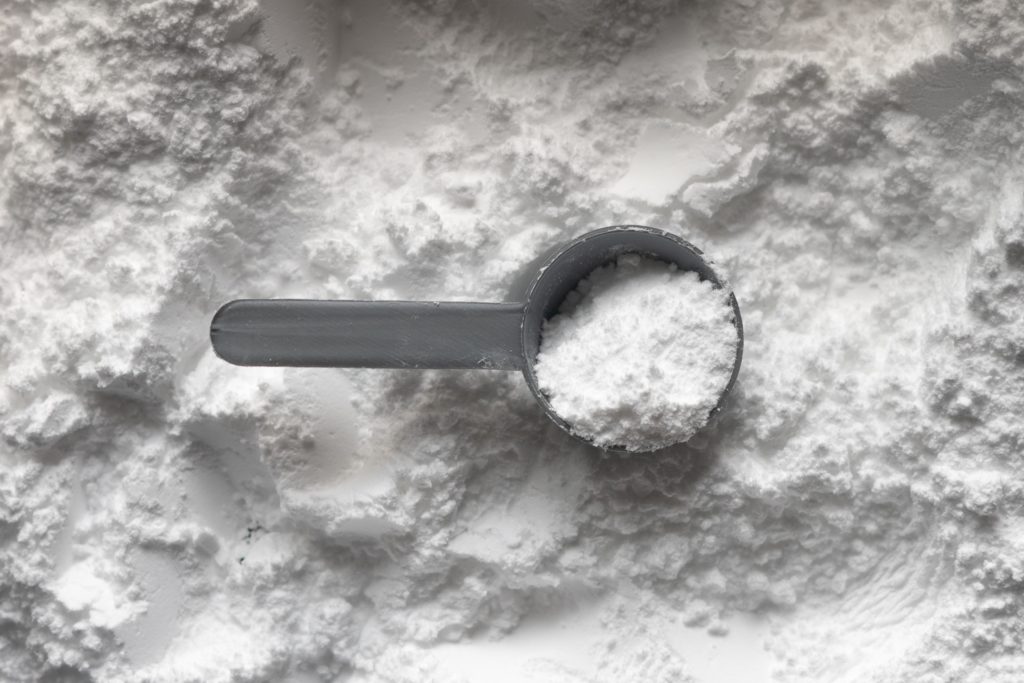
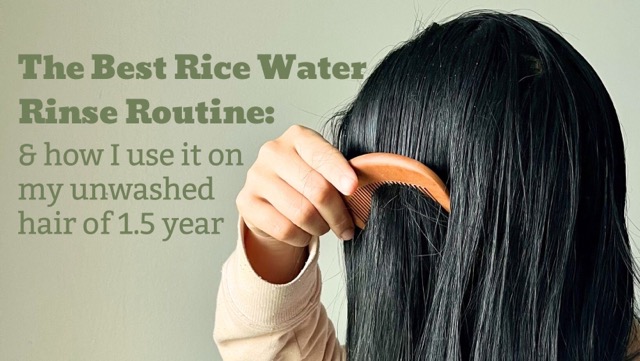

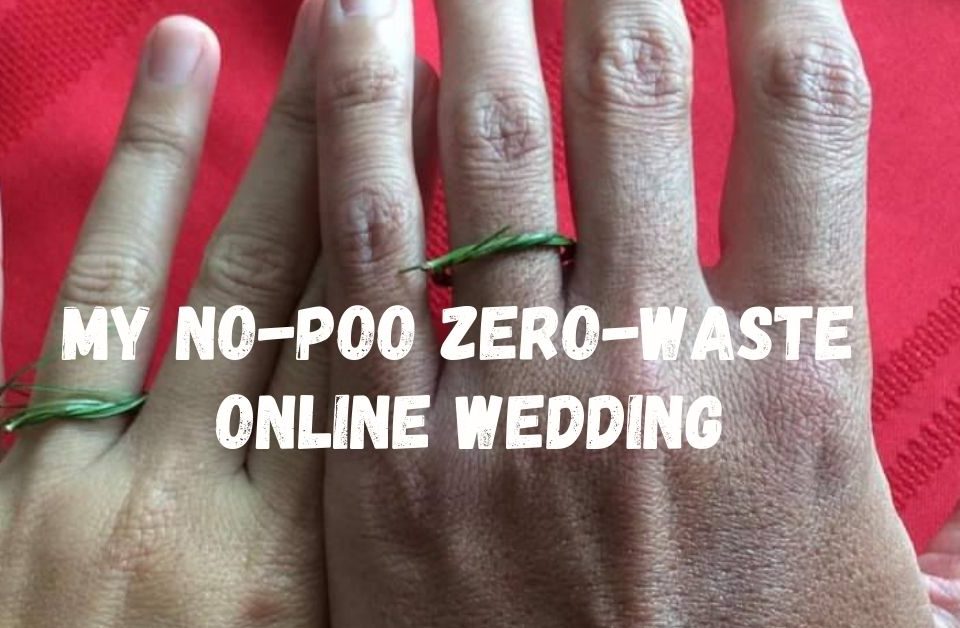
3 Comments
[…] easier to spread on my scalp. When I find that it’s still too oily, I add drying ingredients like baking powder, rice, or bean powder. In the end, I like rice powder best. I’ve tried two things; 1) Using the […]
Hello!
I am in my transitional phase and still learning and trying with no-poo. Enjoying your blog and finding it very encouraging and educational. Anyways. As far as the baking soda in dry hair, did you make a paste still or add it in dry??? I think I’ll test both ways, but just curious.
Thanks!
Hi Helen, Thanks for following! Glad you enjoy my blog. Interestingly, I have tried using baking soda both ways. 🙂 I would say that when making a paste, it slips through my hair shaft better than just directly applying the dry powder right on my dry hair and rinse it off. But I think it will also depend on your hair type and other things as well. So, there’s no one-size fits all. Let me know how you find it and which way you prefer better. Regardless, make sure you use acidic solution, like ACV, Kombucha tea, or even our No-Poo Head-to-Toe Wash to readjust the pH back to balance after using the baking soda kk. 🙂